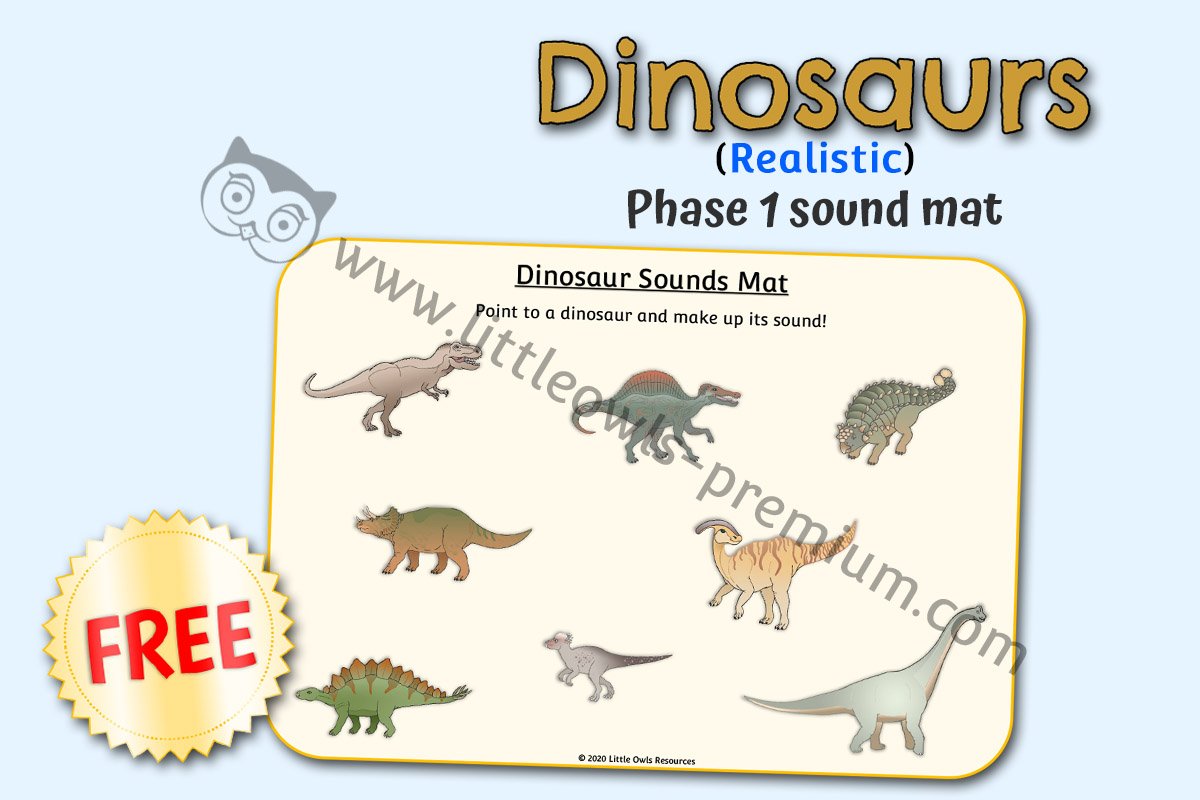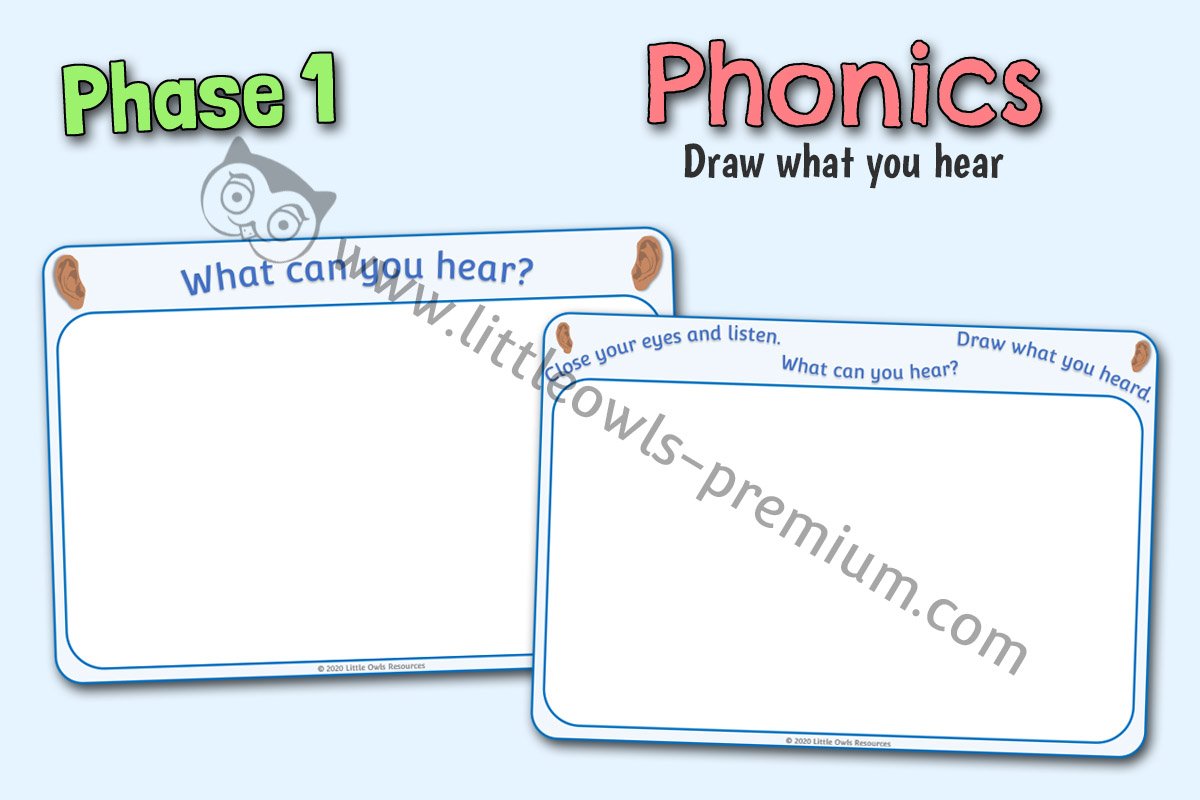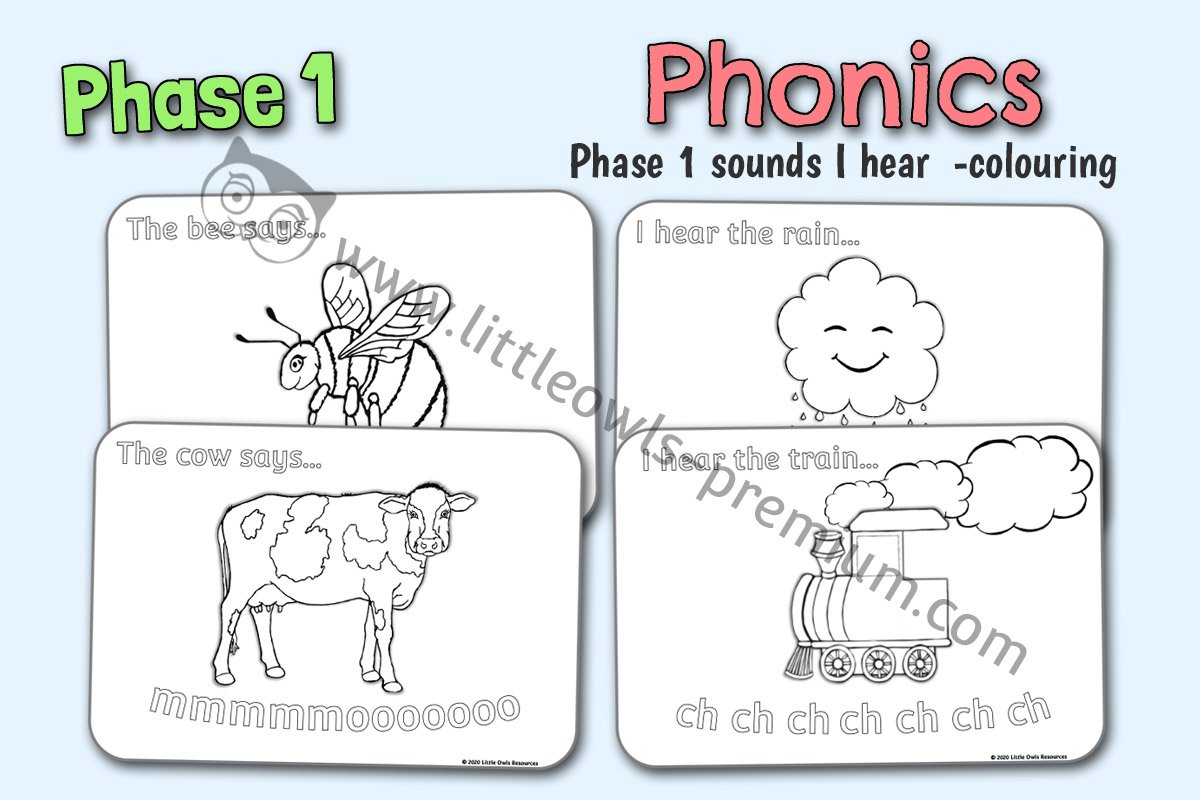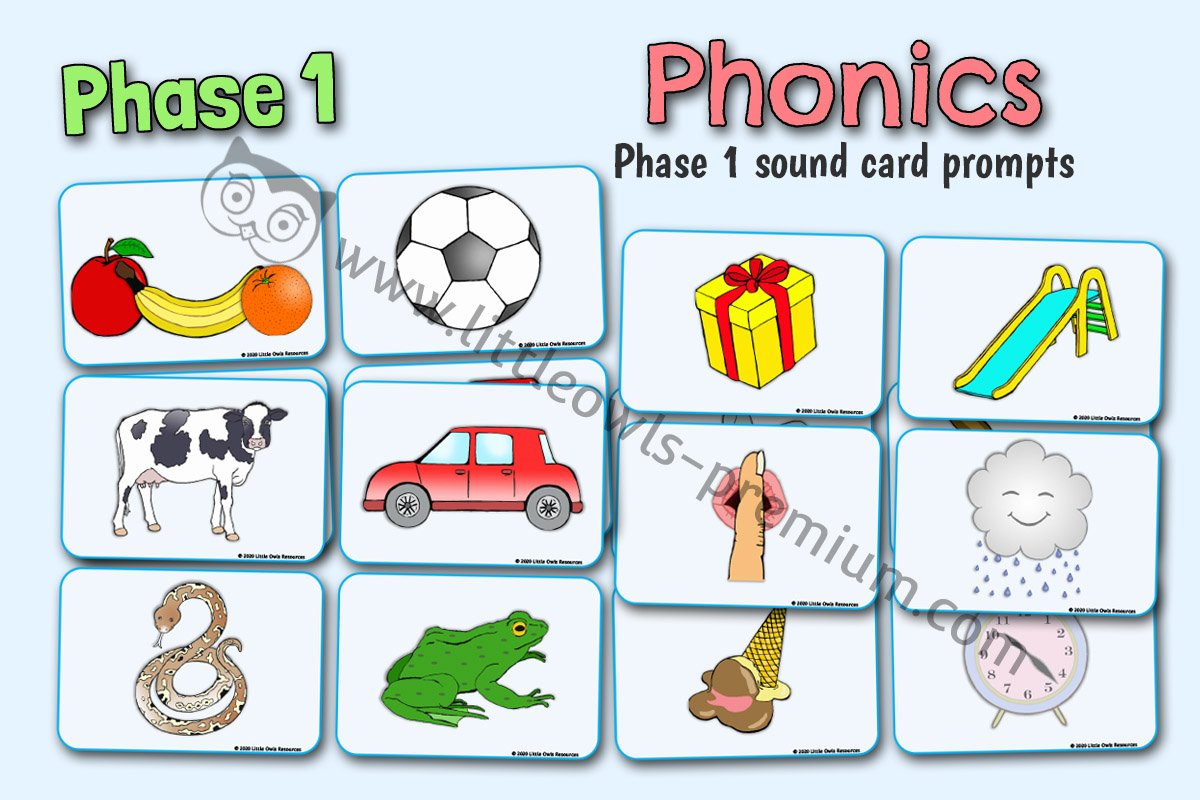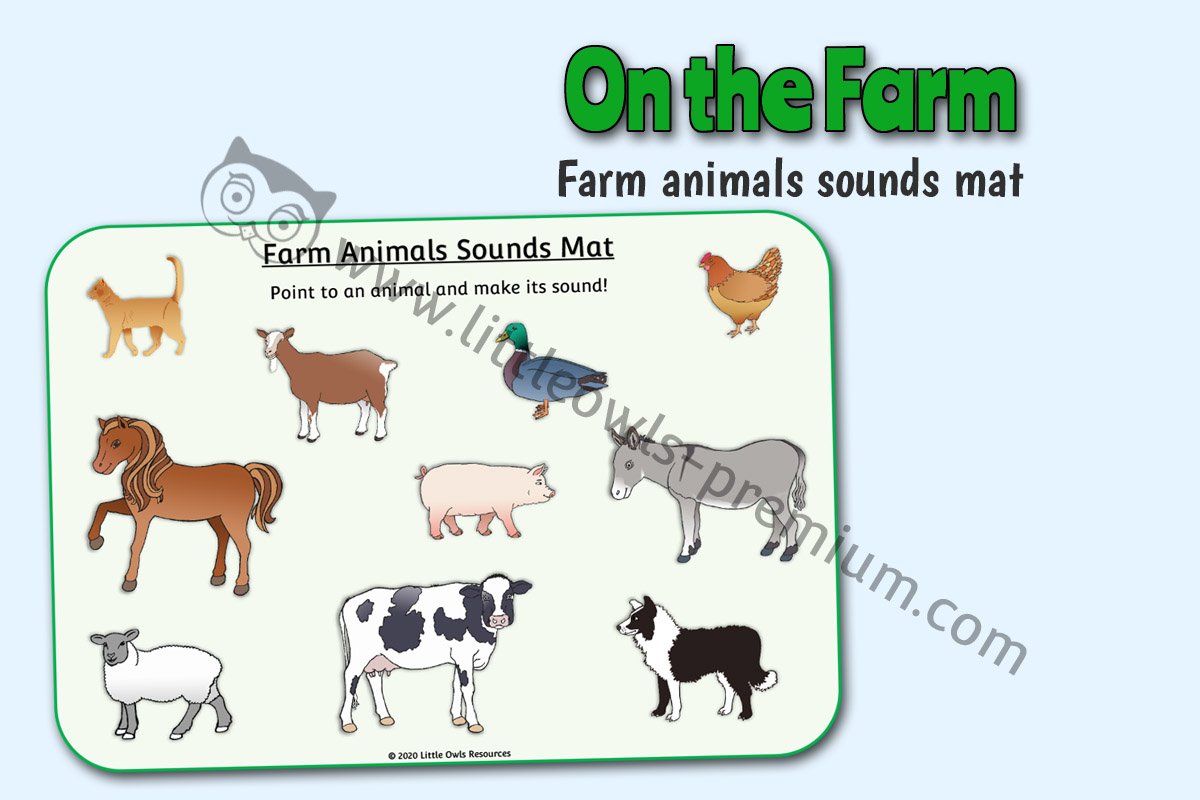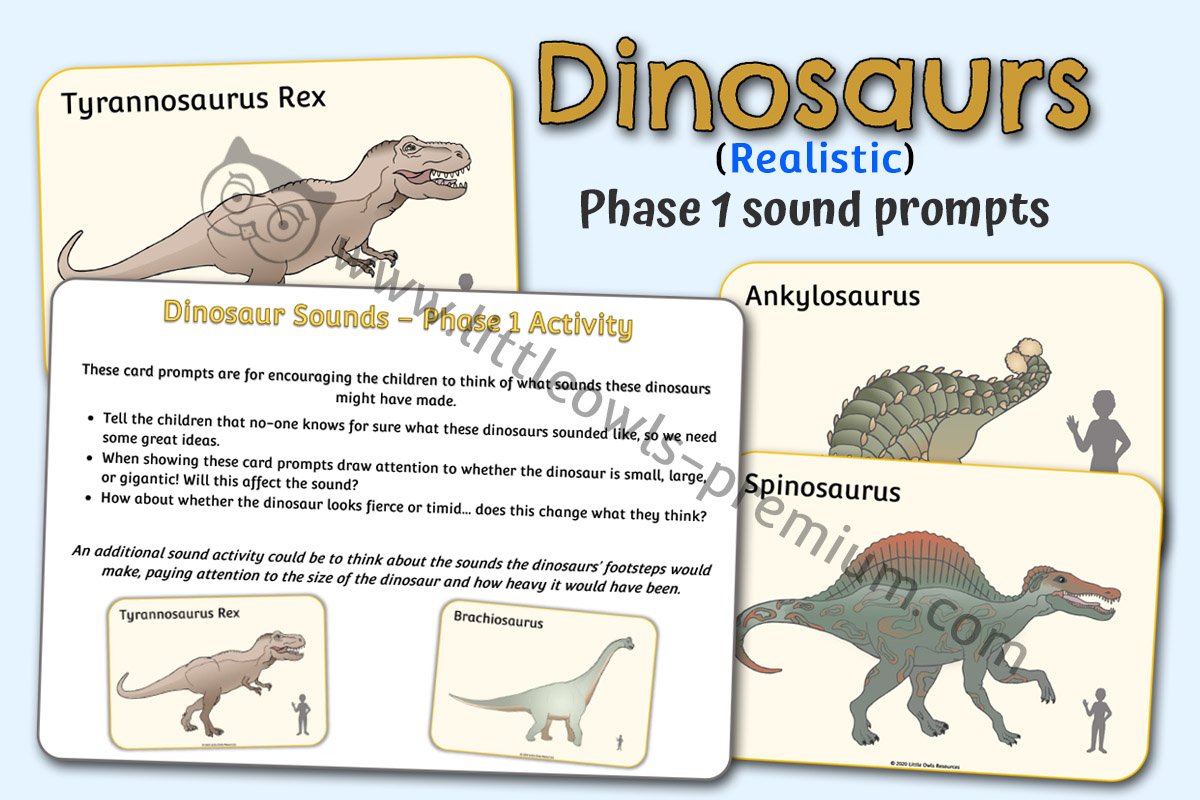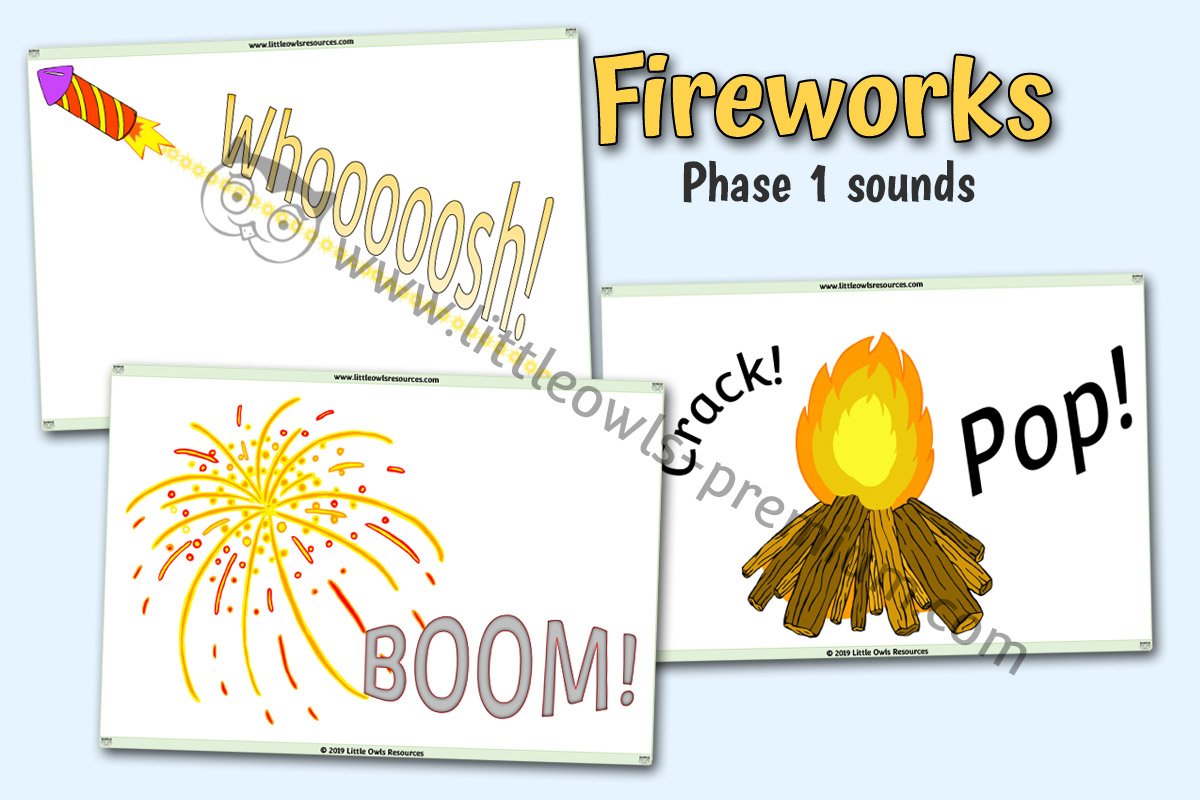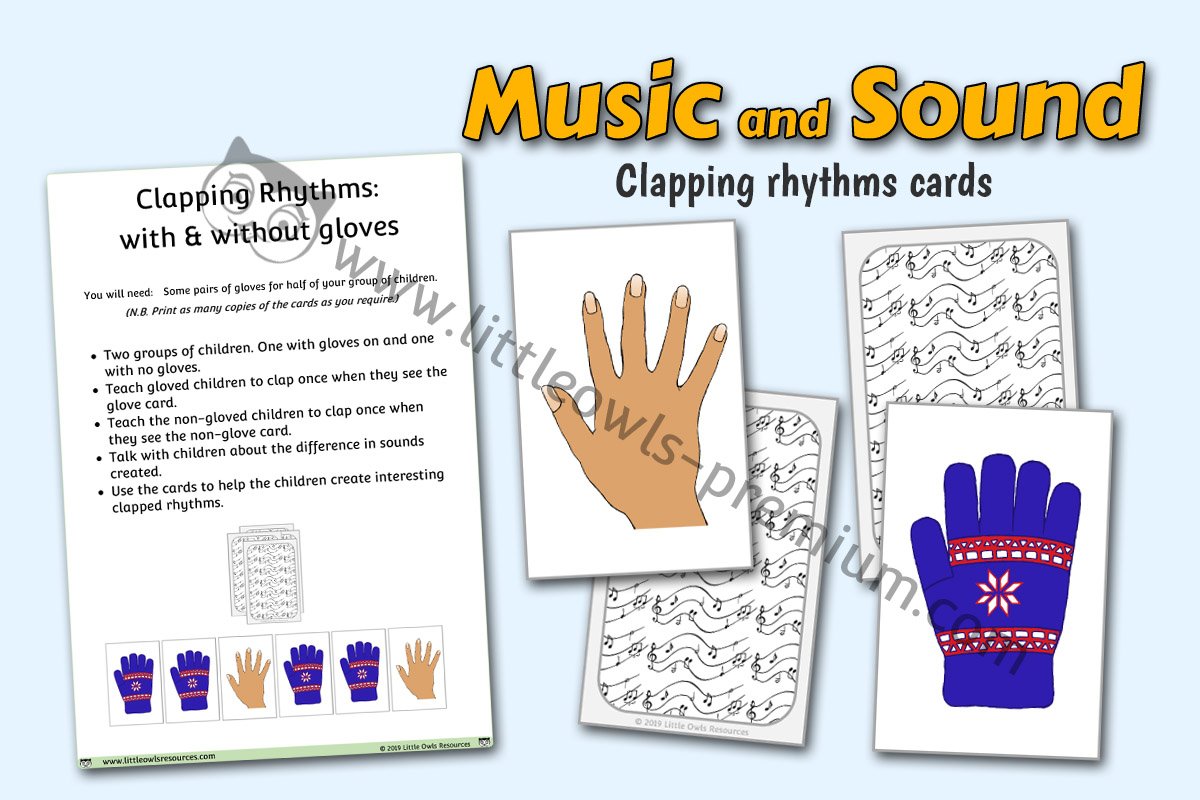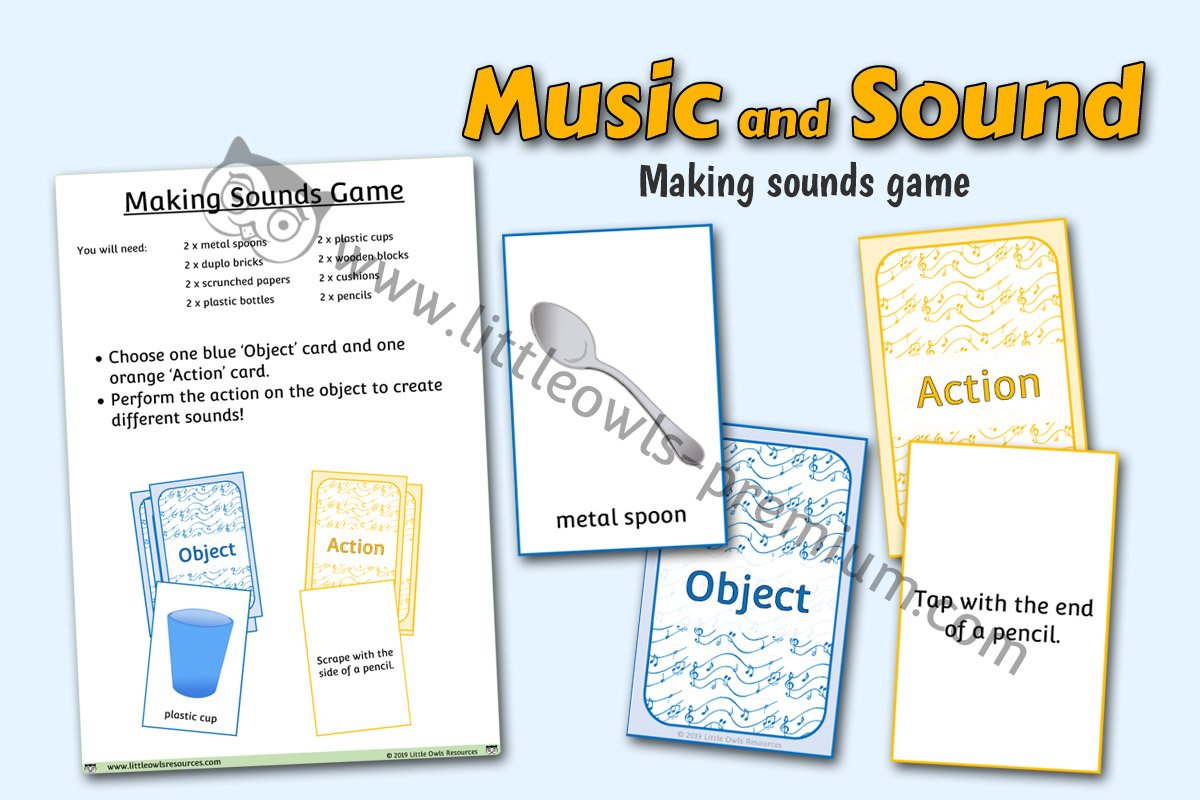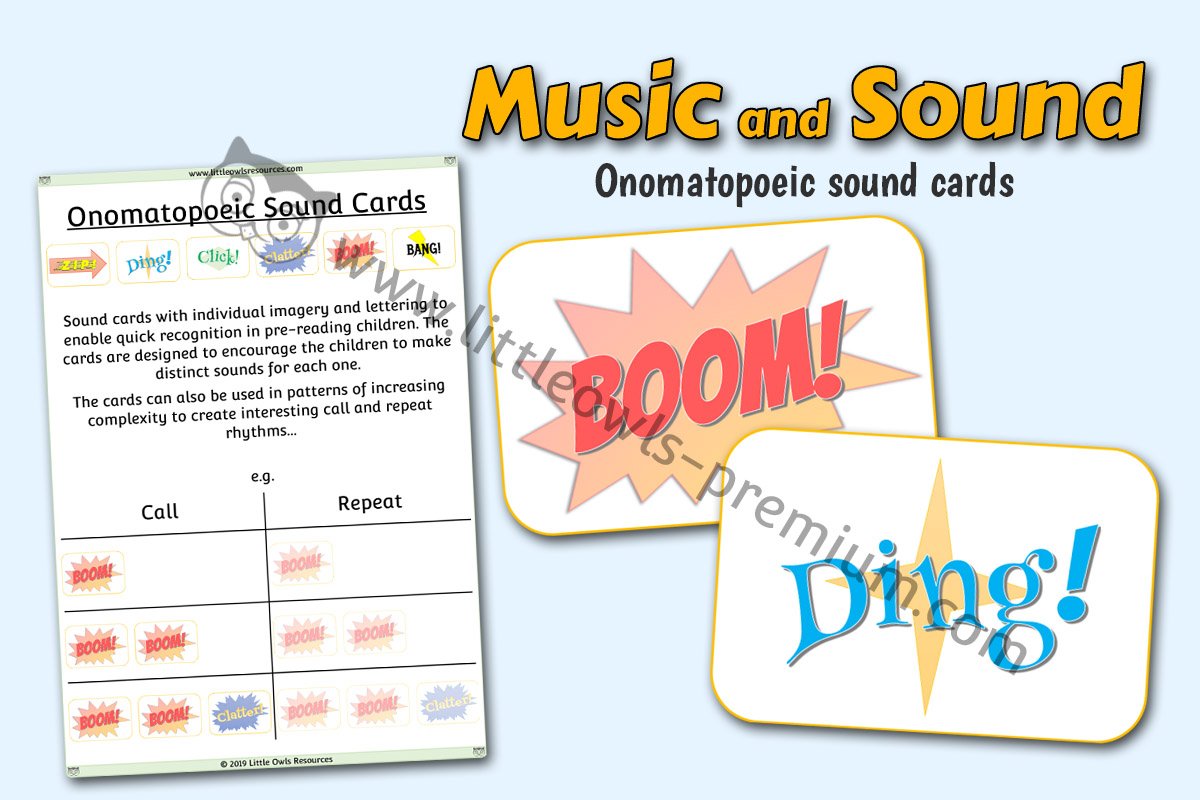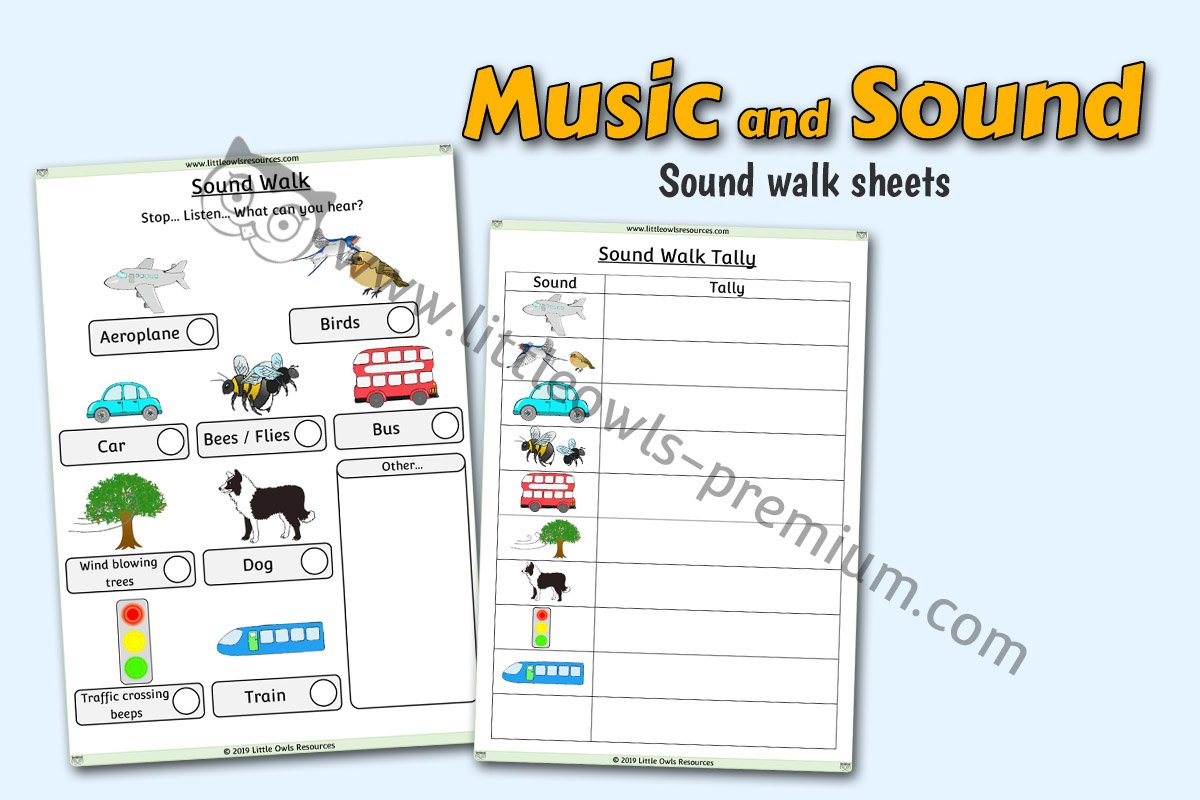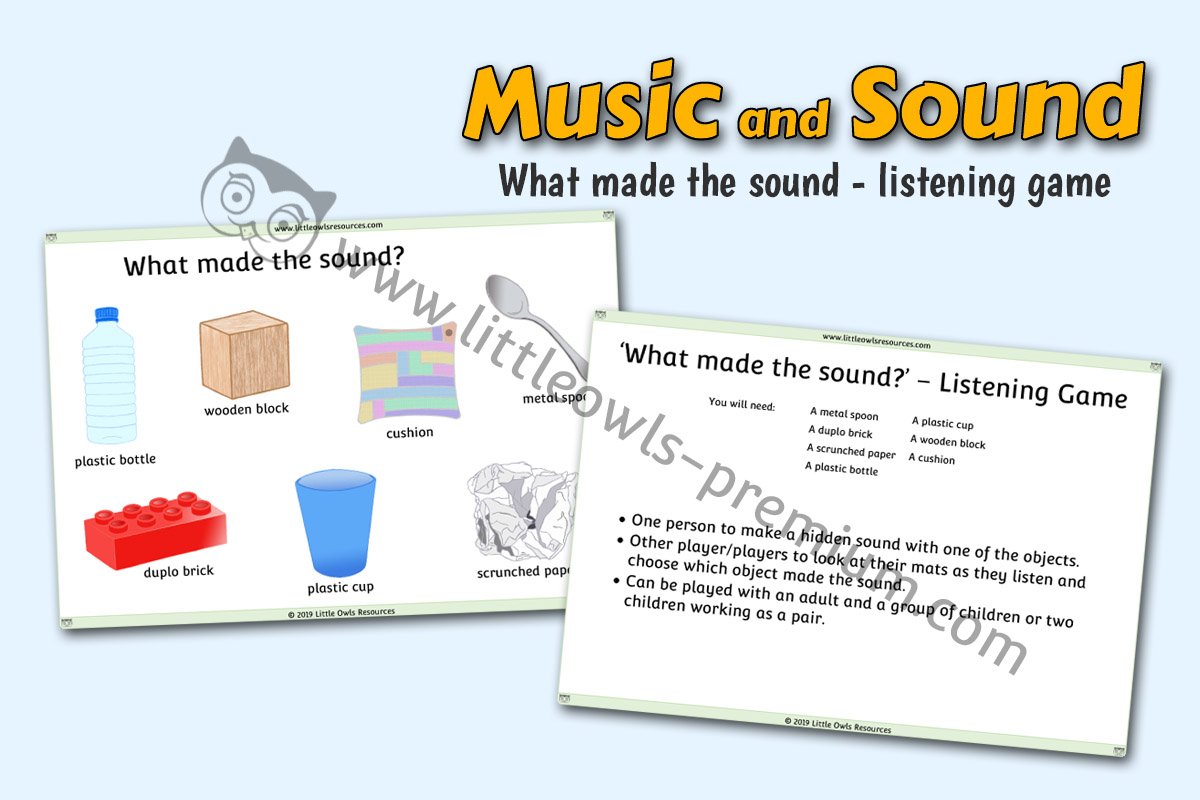Phase 1 Phonics REsources | EYFS activities, Displays and ideas
*Page under construction - more resources currently being developed!*
PLEASE SCROLL DOWN TO BROWSE OUR ‘PHASE 1 Phonics’ RESOURCES…
SECTIONS ON THIS PAGE:
Free Sample ‘Phase 1 Phonics’ Resource
Key Principles of ‘Phase 1 Phonics’
An overview of ‘Phase 1 Phonics Aspects’
Key ‘Phase 1 Phonics’ Resources
If you are not a member already, become a ‘Free Access’ member here. This will give you access to resources within the ‘Free Sample Resources’ sections at the top of most pages and ‘Special Dates Calendars’. Some whole topics are even free! Find out more about all of our membership options here. If you are already a member… thank-you! x
FREE ‘Phase 1 Phonics’ Printable | Early Years
Join for free and download our inspirational ‘Phase 1 Phonics’ educational resources in this ‘Free Samples’ section! - More coming soon!
(Click on the image below to find out more)
Please note that both Editable (docx file) and non-editable (pdf file) versions are available for ‘Letters & Sounds - Phase 1’ resources. (Editable files require Microsoft Word to work at optimum level and Non-Editable files require a pdf viewer.)
Key Principles for Phase 1 Phonics:
Play-Based Learning: Activities should be engaging, hands-on, and often delivered through play.
Language-Rich Environment: Foster an environment where children are exposed to and encouraged to use rich language.
Oral Blending and Segmenting: A crucial focus, preparing children for blending sounds to read and segmenting words to spell.
Differentiation: Activities should be adaptable to meet the needs of all learners, from those with limited language exposure to those ready for early sound discrimination.
Assessment for Learning: Continuously observe and assess children's progress to inform next steps.
Overview of Phase 1 Aspects:
Phase 1 is divided into seven aspects, each building on the previous one to strengthen a child's phonological awareness.
General Sound Discrimination – Environmental Sounds
General Sound Discrimination – Instrumental Sounds
General Sound Discrimination – Body Percussion
Rhythm and Rhyme
Alliteration
Voice Sounds
Oral Blending and Segmenting
“While there is considerable overlap between these aspects, the overarching aim is for children to experience regular, planned opportunities to listen carefully and talk extensively about what they hear, see and do. The boundaries between each strand are flexible and not fixed: practitioners should plan to integrate the activities according to the developing abilities and interests of the children in the setting. Each aspect is divided into three strands.
Tuning into sounds (auditory discrimination)
Listening and remembering sounds (auditory memory and sequencing)
Talking about sounds (developing vocabulary and language comprehension).
Activities within the seven aspects are designed to help children:
listen attentively;
enlarge their vocabulary;
speak confidently to adults and other children;
discriminate phonemes;
reproduce audibly the phonemes they hear, in order, all through the word;
use sound-talk to segment words into phonemes.
The ways in which practitioners and teachers interact and talk with children are critical to developing children’s speaking and listening. This needs to be kept in mind throughout all phase one activities.”
Some text drawn from ‘Letters and Sounds: Principles and Practice of High Quality Phonics’
Key ‘Phase 1 Phonics’ Resources
Click on the thumbnail images below for further details…
Visit our ‘Phonics’ pages to find more resources!…
This page contains public sector information licensed under the Open Government Licence v3.0.


